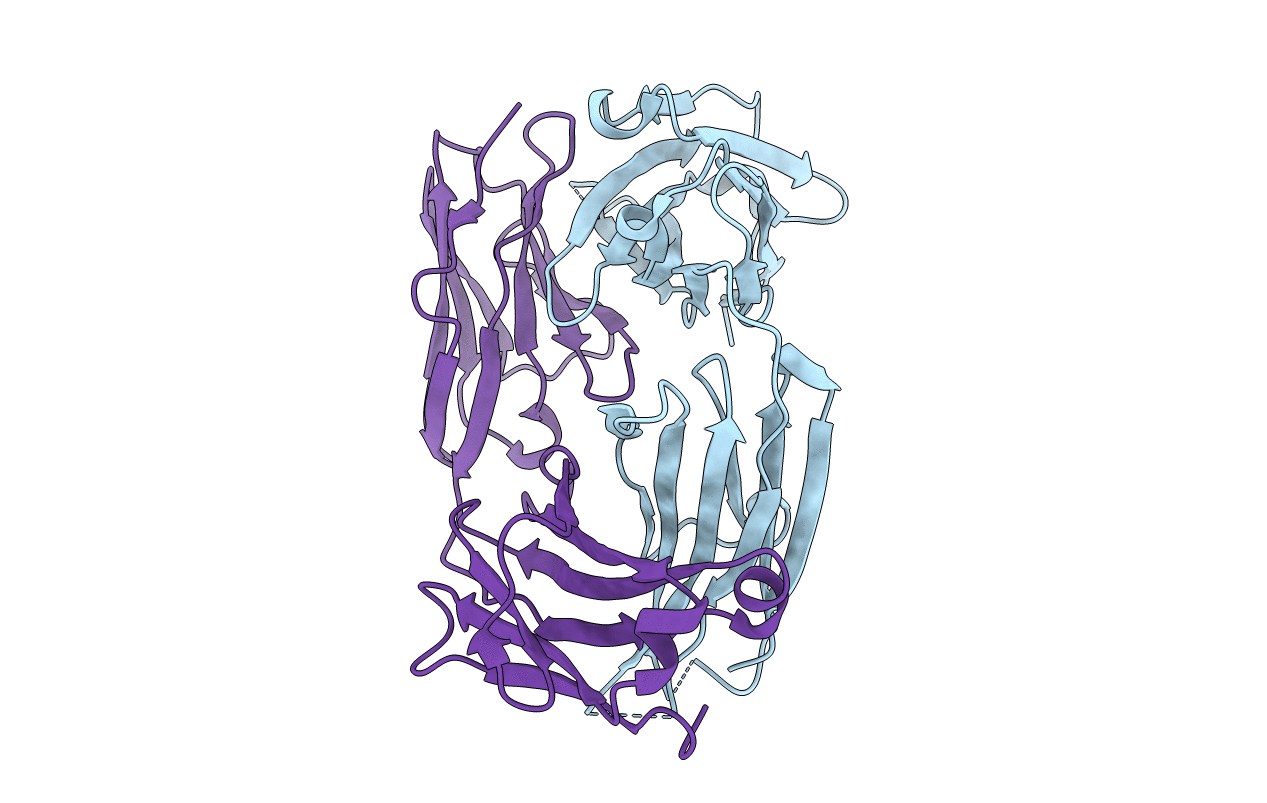
Deposition Date
2019-11-28
Release Date
2021-06-09
Last Version Date
2024-11-20
Method Details:
Experimental Method:
Resolution:
2.30 Å
R-Value Free:
0.23
R-Value Work:
0.18
Space Group:
P 3 2 1


